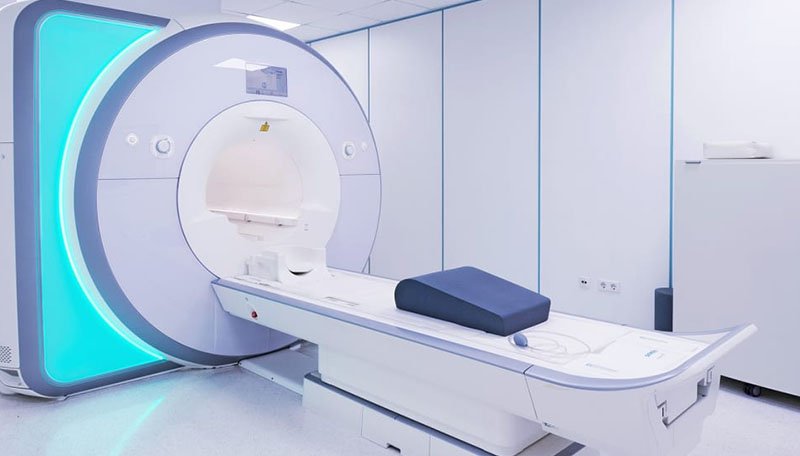MRI Scans
Magnetic resonance imaging (MRI) scans allow us to receive detailed images of your body’s soft tissues. This could include the spine, brain, joints and other internal organs, which we evaluate to determine if injury or disease is present.
CT Scans
CT scans are also referred to as computed tomography or CAT scans. By taking a series of X-ray images from various angles, it allows us to construct a 3-D representation of bodily structures, like bones or soft tissue.
Ultrasound/ Sonogram
Ultrasound or sonography imaging exposes your body to high-frequency sound waves to capture images of the movement of bodily structures in real time.
X-ray/fluoro
X-ray machines use electromagnetic radiation, passing these particles through the body to capture specialized images of harder bodily structures like bones.
Mammograms
3D mammography is a specific type of breast imaging that uses low-dose X-rays to detect cancer early (before symptoms are experienced) when it is most treatable.
Vascular Screenings
Vascular screenings are a vital tool used to diagnose and monitor your veins for obstacles that could be preventing them from doing their job.
DEXA
DEXA (dual x-ray absorptiometry) scans measure bone density (thickness and strength of bones) by passing a high and low energy x-ray beam through the body, usually in the hip and the spine.








